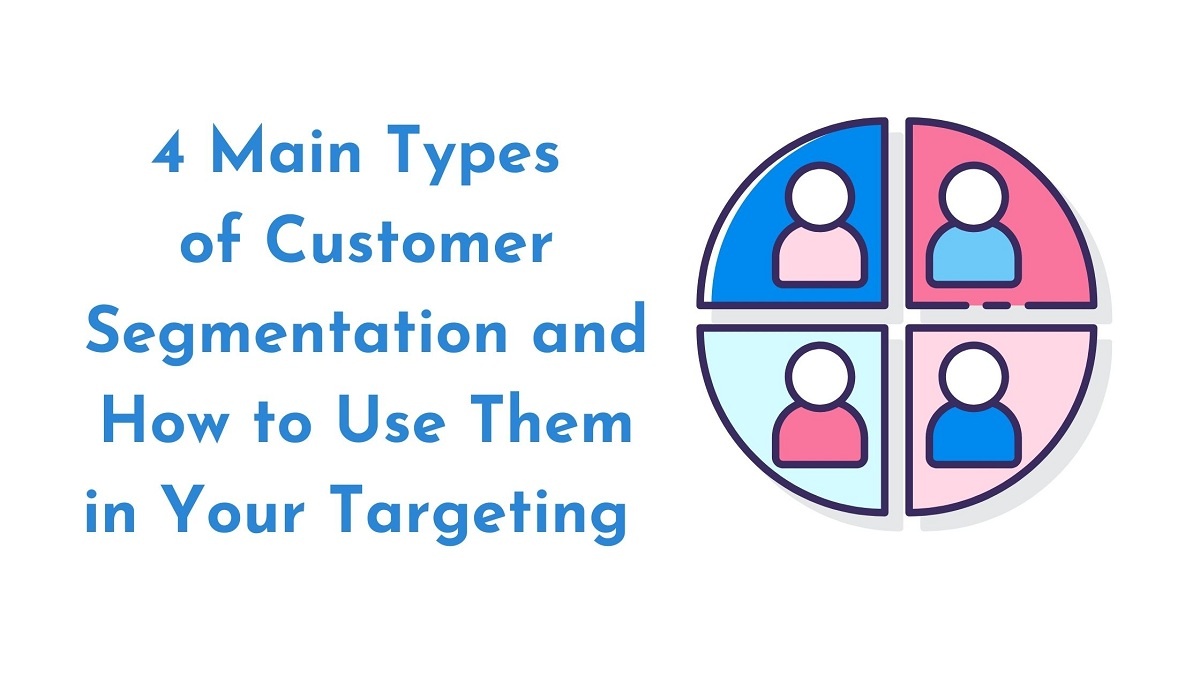Understanding the 360-degree View of Your Customer
When working in marketing, there are many aspects that come to light that need to be addressed. On top of this list is anything to do with your customers, particularly their data. Hence, the 360-Degree Customer View was born.
Having customer data is of utmost importance to businesses nowadays. But the problem is that most of this data is scattered as customers interact with brands and with each other across multiple platforms: social media, mobile apps, in-store, on-ground, via websites, and more.
So how do you combine all of this and reach your customer? That’s the focus of today’s topic: the 360-Degree Customer View.
What Is a 360-Degree Customer View?
A 360-Degree Customer View is being able to collect all of your customers’ data in a single place. This data can include, but is not limited to, basic information such as names, telephone numbers, email…etc.

It also includes past and present billing information, purchasing activity, their interactions with your customer service representatives, and last but certainly not least, their social media behavior.
Here’s What You Need to Know about the Difference between ROI and ROAS
With the never-ending increase in online apps, people are getting drawn to personalized experiences that tailor to their needs. That’s why integrated approaches like the 360-degree customer view have become a hot topic now.
What does a 360-Degree View of a Customer Do?
It helps you, as a business, not only collect data but also get a better understanding of your customers. Once you do, you can serve them better and reach them better.
It can also be described as the foundation that makes an organization’s relationship with customers an experience-based relationship rather than a transactional one.
In other words, a 360-degree view of a customer helps you build long-term relationships with customers and supports your business growth.
In other words, it’s a view that acts as a melting pot that syncs all customer data together.
With this unified knowledge, your business can acquire more precise customer insights and build unique customer experiences.
“360 degrees is a relationship cycle that consists of many touchpoints where a customer meets the brand. Be it through purchases or marketing communications, via customer service or on social media,” explains SuperOffice.
A great product isn’t enough to drive customers, but having a great customer service experience can help.

If your customer service representatives have all the info they need on customers, they can easily respond to them, answer their complaints and queries and support their needs – without having to request background information every time.
Read: 46 E-commerce Vocabulary, Metrics and Business Terms You Need to Know
“If you, as a company, are present at and collect information on each stop in this 360-degrees relationship cycle, then you truly know your customers. It helps you better understand your customers’ priorities and preferences. Which, in turn, means you can position yourself to better predict their current and future needs,” adds SuperOffice.
Everything under one roof
Imagine an unmotivated salesman going to work and having to call around four or five people to get customer data.
Now, imagine another person having the same information all on their desk.
Who is more likely to take relevant quick action?
Having strategies that shorten the chain and give us a multifaceted view of our customers is exactly what businesses should be looking for. Or maybe they are but don’t know what this strategy or tactic is called.
The 360-degree customer view provides this single yet comprehensive view of your customer even if that customer’s data is scattered across different applications and platforms.
Conclusion
Data by research firm Gartner shows that under 10% of companies use a 360-degree view of their customers, while only 5% use it to support and grow their businesses.
So it’s no wonder companies are struggling. They are missing out on a major source of help when it comes to customer data.
Are you making this mistake too?
 By
By


